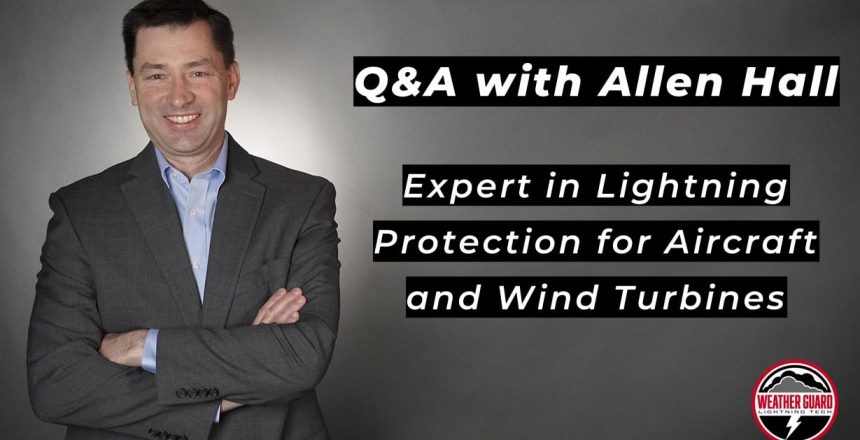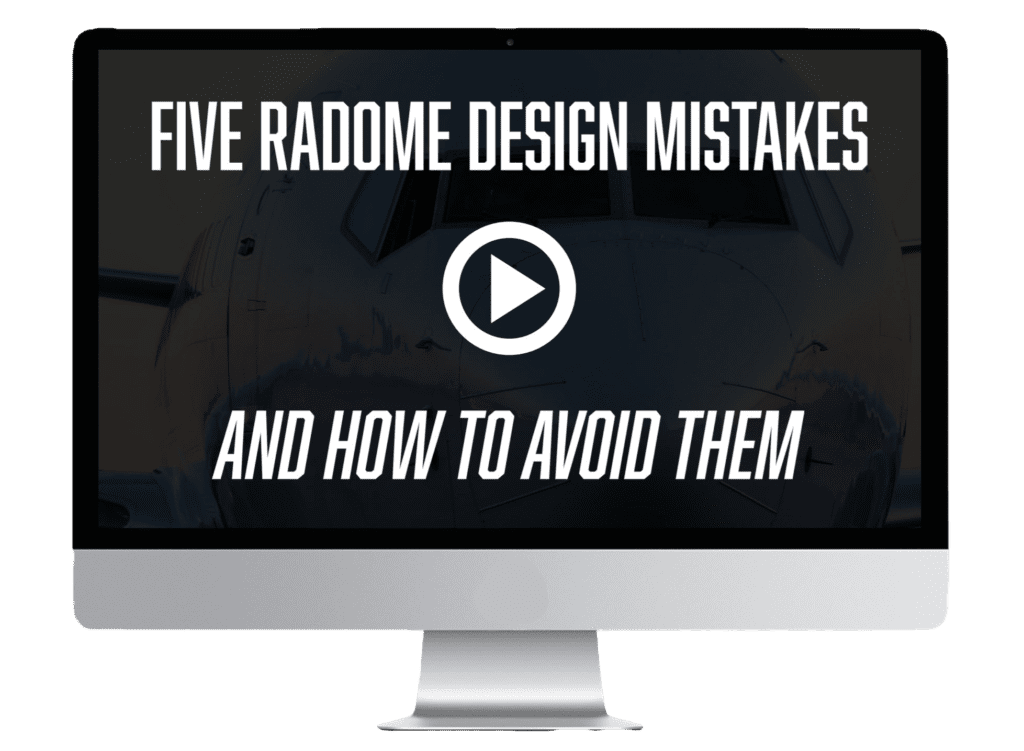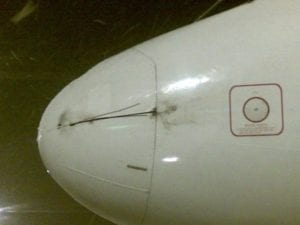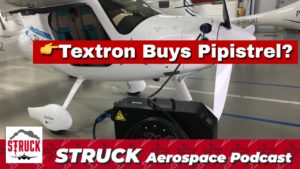Lightning Protection Expert Allen Hall: An Interview
Aircraft lightning protection expert Allen Hall sat down for a little Q&A regarding airplane safety when flying through thunderstorms.
Allen Hall is the CEO of Weather Guard Lightning Tech, a lightning protection consulting firm and parts manufacturer.
It’s surprising to hear that commercial airlines get struck by lightning about once per year on average.
Yet, because of technology developed by lightning protection engineers over the years, everyone on board can expect to get home safely.
So, let’s just jump into our interview with aircraft lightning expert, Allen Hall.
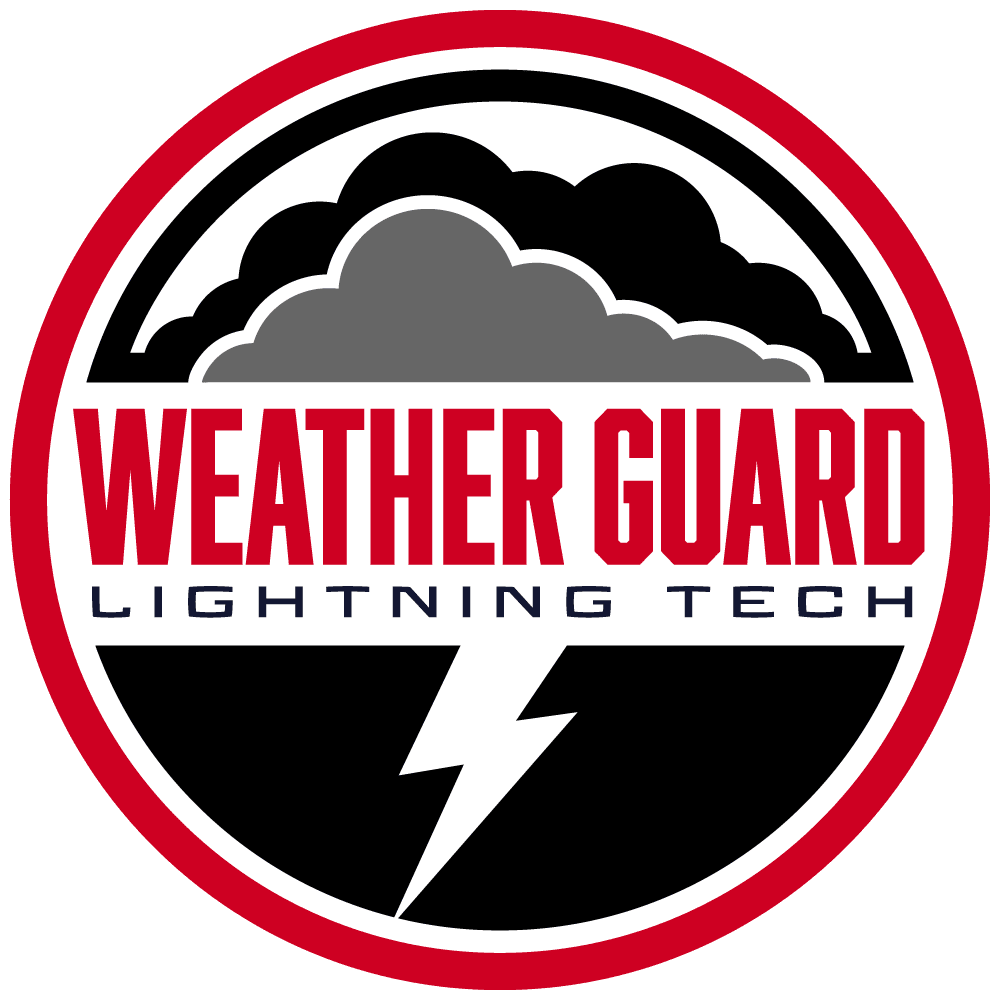
So how do airline companies protect their planes against lightning strikes?

Allen Hall: Most aircraft companies have a staff of engineers that develop and implement lightning protection designs for their aircraft.
The engineers focus their efforts on 3 major areas – lightning protection of structures, lightning protection of the fuel system, and lightning protection of the electrical/electronic systems.

How did you get started in the lightning protection field, and what’s your engineering background?

Allen Hall: I earned my BSEE degree from Rose-Hulman Institute of Technology in Terre Haute, Indiana.
After graduation I moved to the Princeton, NJ area designing spacecraft antennas for GE Astro Space. My wife and I relocated to Wichita, KS to work at Raytheon Aircraft (formerly Beech Aircraft) in Wichita, KS where we designed carbon fiber composite business jets.
I worked extensively on protecting the carbon fiber composite structures, the fuel tanks, and the electronics from lightning damage and spent a good deal of my time testing components at Lightning Technologies, Inc. (LTI) in Pittsfield, MA.
In 2001 we moved to Western Massachusetts where I began working for LTI. At LTI I helped aircraft companies from around the world design, test and certify their aircraft structures and systems. I also managed the high voltage and high current laboratories at LTI.
I became a Consultant Designated Engineering Representative of the FAA in 2004 for Lightning, HIRF, EMI/EMC, and P-static. Around 2011 I started my own company providing lightning consulting services and designing lightning protection products.

What are some recent aircraft lightning protection innovations that have made planes, helicopters, and airships safer?

Allen Hall: Some of the most important innovations in lightning protection have gone mostly unnoticed by most of the aerospace community. Thin metal foils are used extensively on carbon fiber composite aircraft to protect the structure from lightning damage.
Small electrical protection devices are now commonplace in most aircraft electrical/electronic equipment to keep lightning energy from damaging or upsetting the equipment.
High-tech sealants and fasteners are now used in aircraft wings to stop lightning generated sparks from reaching the fuel tanks. None of these breakthroughs have garnered much attention, but they have made aircraft immeasurably safer.

We see lightning all the time, so we don't think much of it. But do we truly understand it?

Allen Hall: It’s surprising how much we know and don’t know about lightning.
The science and engineering communities have been measuring lightning strikes since the early 1900’s, mostly by instrumenting towers or buildings and, more recently, by triggering lightning with rockets.
In the U.S., NASA has done an extensive amount of research including flying an instrumented fighter aircraft through thunderstorms to collect in-flight strike data.
What we don’t understand, yet, is how lightning begins in an electrically charged cloud.

As a lightning protection expert, what types of projects do you typically take on?

I’ve worked on all kinds of projects over years from Boeing 737, 747, 757, 767, 777 and Airbus 319, 320, 321 modifications, down to smaller private aircraft such as Honda, Learjet, Cirrus, and Epic.
I have extensive knowledge of aircraft radomes, composite structures, fuel systems, mechanical and electrical systems so I get involved in pretty much every aspect of an aircraft.

You created your own segmented lightning diverter called StrikeTape.
How is StrikeTape different, and what does it do?

StrikeTape is our segmented lightning diverter product that is used extensively on aircraft radomes and other non-conductive aircraft structures.
Radomes are the protective covers for antennas, such as the weather radar antenna on the nose of an aircraft, or the satellite television antenna on the top of the fuselage.
StrikeTape is designed to excel in the extreme weather conditions that aircraft continually fly through without interfering with the aircraft antennas. Other types of lightning protection affect the antenna or just don’t hold up to the extreme weather conditions.

What advice would you offer to a young engineering student who has an interest in aircraft lightning protection?

Allen Hall: Create a unique talent stack – get your engineering degree, study the fundamentals of lightning, understand how the different aircraft systems are designed and operate, learn to fly, work for an aircraft company or test lab (or both), and hone your speaking and writing skills. It’s a ton of work but it’s also a bunch of fun!

